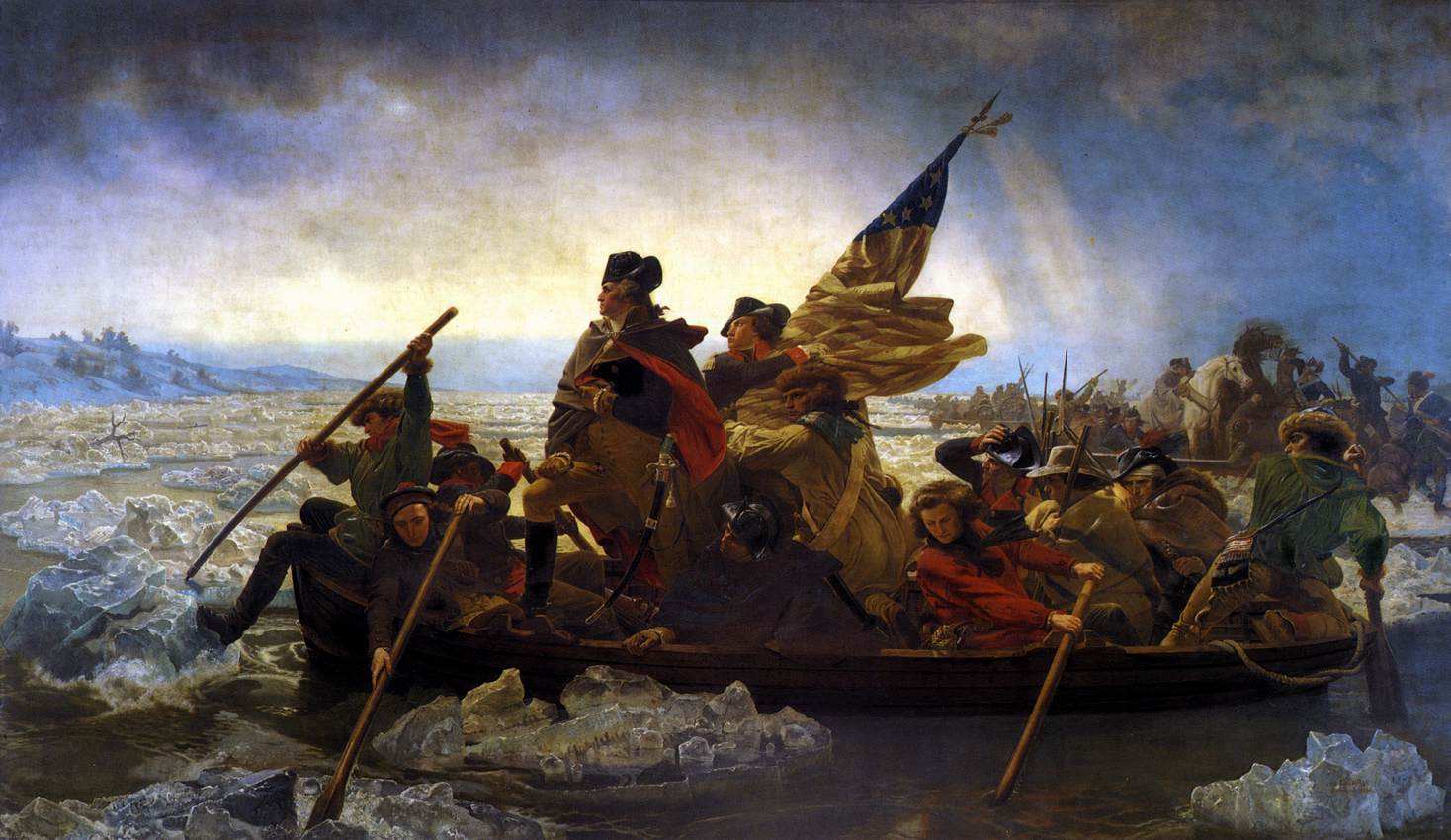
By Jim O’Neal
In the New York Metropolitan Museum of Art, there is a famous painting of Washington Crossing the Delaware by Emanuel Leutze that was painted circa 1850. It is one of the most famous pieces of American art and purports to depict the Dec. 25, 1776, event.
It is also infamous for a number of factual errors.
For example, it shows the crossing with a glowing horizon, when it actually happened in the middle of a dark, sleety night. The American flag is also wrong, since the Stars and Stripes did not exist at the time. Even the ice floes are wrong.
Despite these errors – and many more – it is considered memorable because it captures the determination, desperation and dignity of these men as they rowed into the fight of their lives.
The American Revolution started in early 1776 with skirmishing near Boston, followed by full-scale war. The Continental Army was pushed out of New York and into New Jersey and then Pennsylvania.
By December, half of Washington’s army had been killed, wounded or captured, which left 5,000-6,000 (including the injured).
British General William Howe planned to finish the job when the Delaware River froze and he could capture the Capitol and end the war. Instead, Washington started crossing at midnight and at 8 a.m. divided his troops and attacked in Trenton, catching the British by surprise.
Everywhere, groups of Hessians were surrounded by Continental troops with fixed bayonets and they “struck their colors” (surrendered). Of the 1,500, about 900 were captured, 400 escaped and the rest killed or wounded.
Along with the prisoners, Washington captured six artillery pieces, 1,000 muskets and seven wagonloads of powder and ammunition. These supplies were badly needed and helped against counterattacks at Princeton on Jan. 2 and 3.
Though the triumph at Trenton was followed by greater battles, it was pivotal. Later, British Secretary of State Lord George Germain said, “All our hopes were dashed by that unhappy affair at Trenton.”
Intelligent Collector blogger JIM O’NEAL is an avid collector and history buff. He is President and CEO of Frito-Lay International [retired] and earlier served as Chairman and CEO of PepsiCo Restaurants International [KFC Pizza Hut and Taco Bell].
